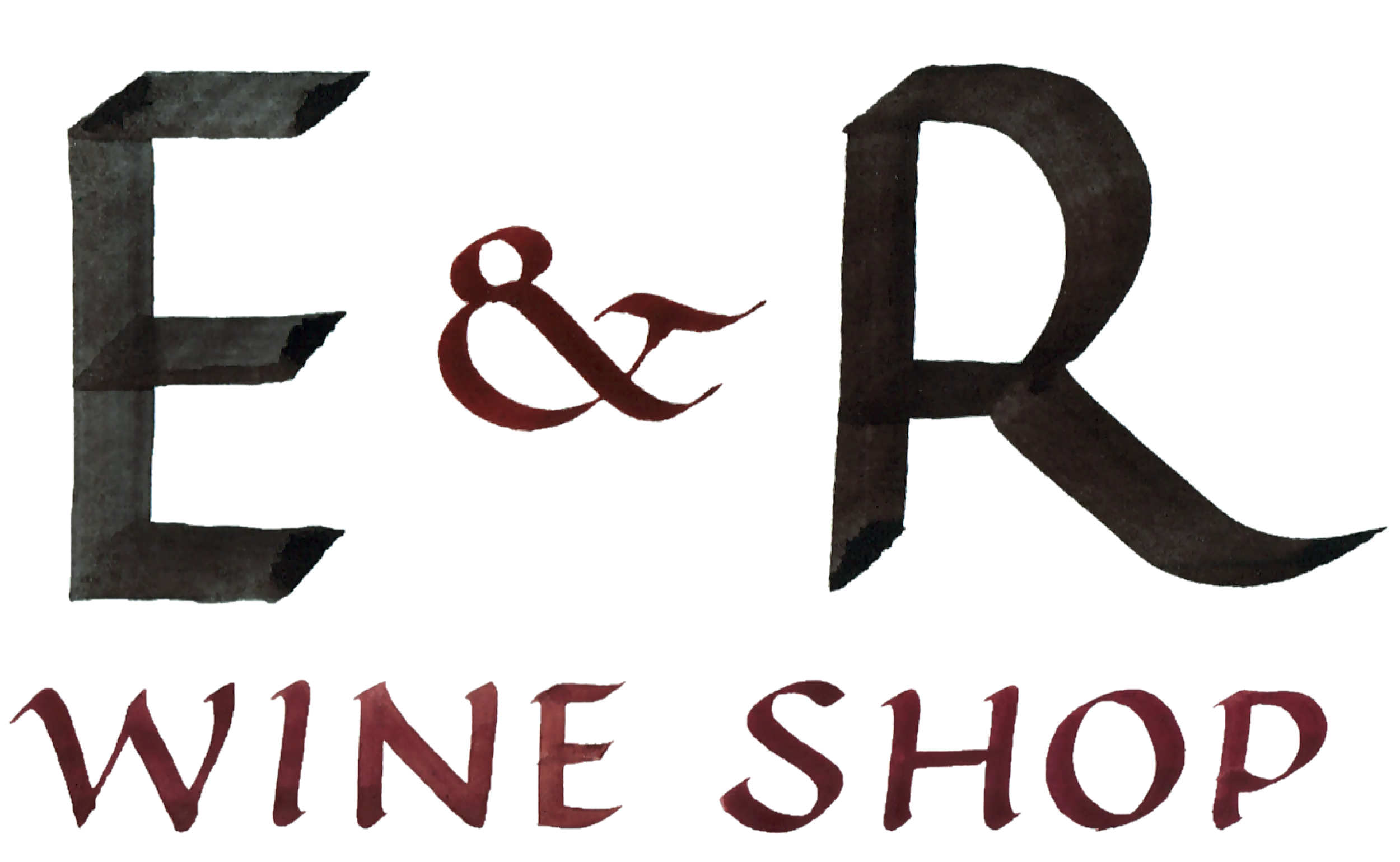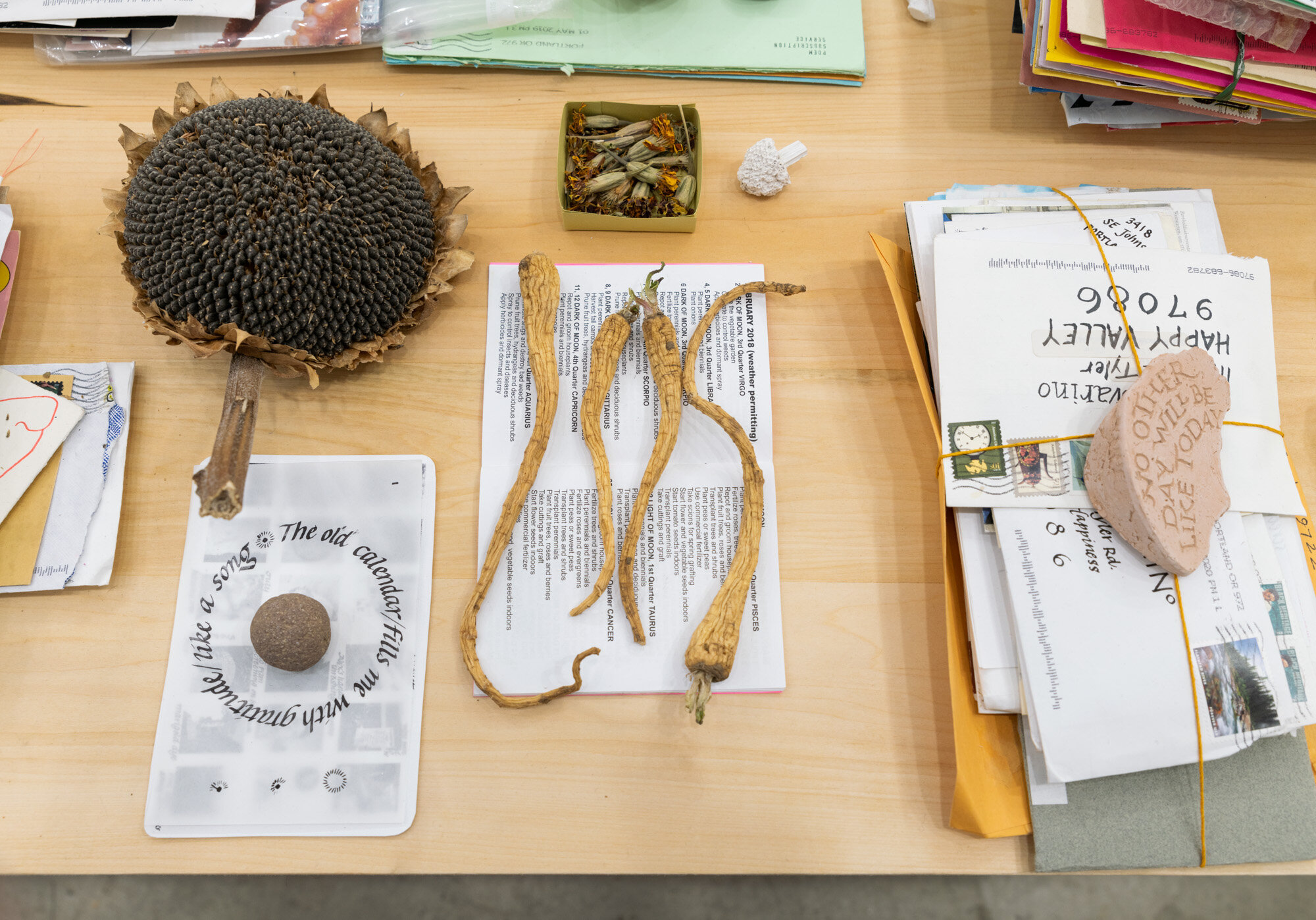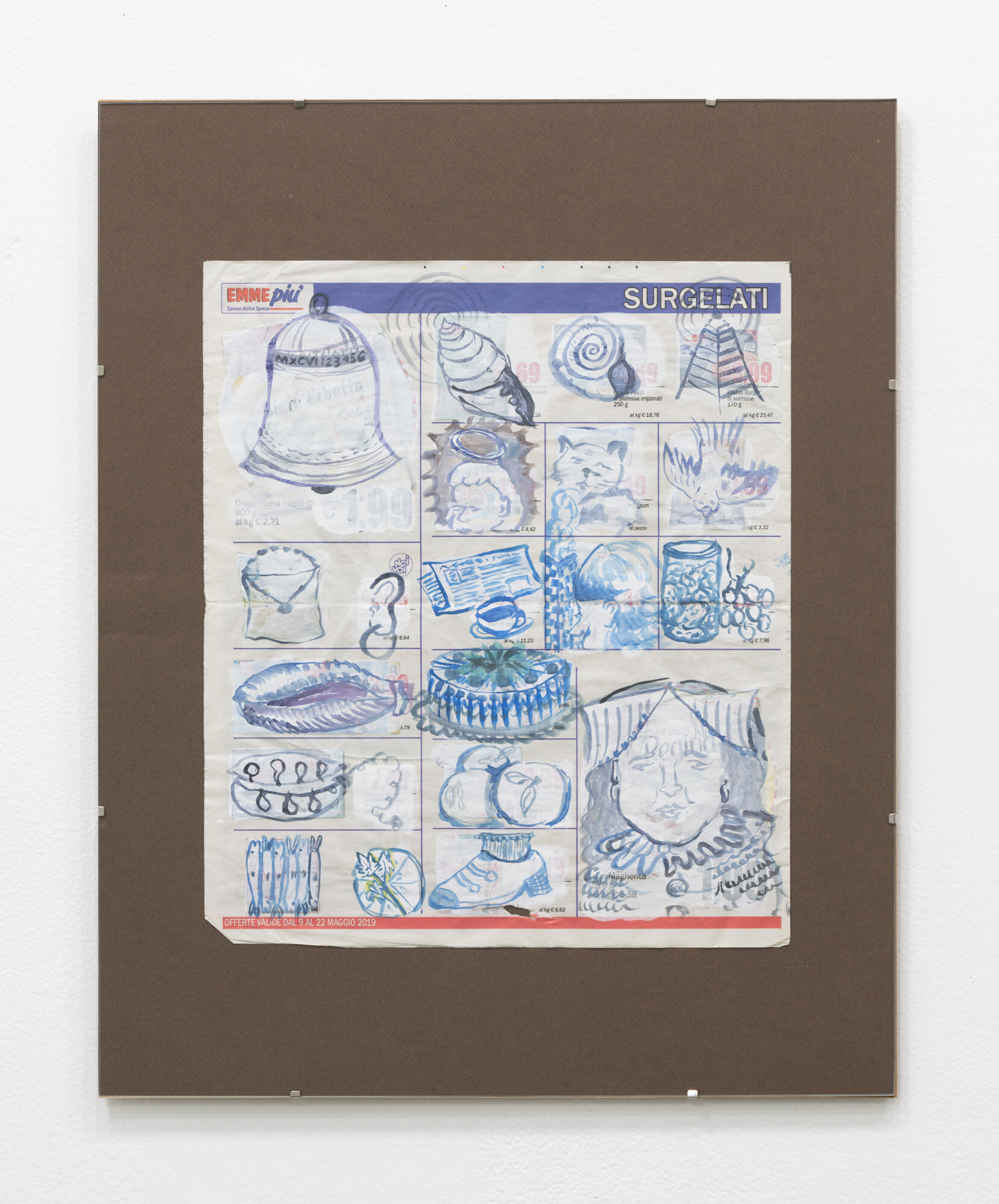WINE MINUS Ø - February 2021: Wine is Art
Tomb of Nakht
In 2017, researchers working in Neolithic villages near Tbilisi, Georgia uncovered eight large earthenware jars, similar to today’s qvevri. The pottery bore images of grape clusters and a dancing man, and inside - chemical evidence of wine remained. Scientists revealed that the jars are 8,000 years old - the earliest confirmation of grape-based wine making.
For thousands of years, wine has weaved its way through history in the courts of pharohs and kings, by the firesides of peasants and presidents, and in the pages of Pliny the Elder all the way to Alice Feiring. It has endured for generations - relatively unchanged - surviving migrations, wars, revolutions, and industrialization. But why? Why has wine persisted as a craft for centuries while so many other human endeavors have either become obsolete or have changed beyond recognition?
This is a question that I cannot presume to answer except to acknowledge that wine has a unique way of capturing the human imagination. Perhaps it appeals to our desire for skillful accomplishment or our sense for aesthetic beauty. Perhaps we are drawn to the way in which it is singularly place-based, or maybe these are all just excuses for wanting wine for the pure sensory enjoyment of it. Likely, the craft continues, in part, because of the diverse points of entry for discovery: geography, geology, weather, history, culinary arts, agriculture, innovation, intoxication, storytelling - the list goes on. It is creative yet tangible, ethereal yet corporeal. The closest comparison I can make is to art - a similarly timeless and somewhat inexplicable part of the human experience.
This month (for a bit of cheeky fun) we take that comparison literally to pair our natural wine club selections to different kinds of art in the manner one might pair a wine with food. ENJOY, and do try this at home.
MIDNIGHT CORRESPONDENCE SELECTIONS, FEBRUARY 2021
We have to pay a bit of tribute with offering these two wines to our friend Jade Novarino, who designed and hand-drew the E&R Wine Shop logo. Jade is an Oregon artist and farmer who is motivated by seeds and letter-forms. Seeds, like letters, shift with time — garlic grows more suited to its home soil after about 3 or 4 generations. Letters like to shift with time, but in order to communicate they must be legible.
Jade put on a pandemic art show in February 2021 with her artist colleague Alix Jo Ryan. The show featured pieces of art they had been accumulating through making during their pandemic life — a large emphasis on the correspondence between the two artists, ideas becoming more legible as a result of time, versus their message getting muddled.
Friend and writer Josephine LaCosta described the show in further detail —
“Winnowing” (late 14c., from Old English windwian “to fan, winnow,” from wind “air in motion, paring down”) is an ancient method of seed saving. […] It is a final method of harvest, of distilling seed from chaff, of keeping the progenitive parts of plants for future growth.
Jade Novarino and Alix Ryan have been winnowing a correspondence back and forth for years. A long wooden table sits at the center of their exhibit showcasing bound stacks of their letters, painted seed packets, plaster castings of found plants, poems on eggshells, and other object memories. Above our heads at the table, a dining room chandelier disintegrates into blue bird candle carriers migrating away from each other. The pandemic has deconstructed our socializing and in its wake lies an accumulation of tender yet odd, highly personal objects. Such objects reflect our new rhythms, routines which guide us through an ever more uncertain world. These treasures of daily living begin to take up a little more space on the dining room table as the dinner guest-less months wear on.
[….] The artists drop us in a pathway between garden beds, examining life growing in place. In her work with the land, the farmer turns her soil, seeds it, waters the plants, harvests their fruit, maybe collects some seeds, and then starts over again in the same soil the following year. Winnowing is a collection of saved seeds being sown in the same soil. To invite others to begin their own winnowing, the artists sold seed packets wrapped in construction paper alongside show-themed postcards at the door. In these packets were a multitude of varieties from their gardens.
“Surgelati” is a stream of consciousness comic painted on an old coupon sheet from an Italian grocery store. On opening day, Novarino explains that she finds “the blank page very tedious” — she prefers to draw on surfaces which already have imagery on them. In “Walking,” Ryan has collaged a series of photographs taken while walking over the same old routes in her neighborhood. The artists search for new inspiration on old paths, securing a humble rootedness that folds inward on itself. The artists’ work, like their correspondences and garden beds, has a lived-in quality. One feels that the pathway of their art practice is worn away at its edges like the thread of the softest t-shirt or the hungry fox’s path by the acre plot.
In winnowing, as in all technical embodied gestures, practiced form enhances one’s results. Giant silk paper quilts of grandmothers’ hands pay homage to gesture. The image of any grandmother’s hands in motion is always one of expert grace. Novarino and Ryan exchange often with their grandmothers via FaceTime, hoping to continue gleaning embodied wisdom even at a distance. —Josephine LaCosta
Back to wine.
Sparkling wine, in fact. The two wines in this package come from two of France’s best sparkling wine zones, Champagne and the Jura. In making wine, the year gives us a multitude of different vintage expressions. The winemaker’s work is winnowing the work down to its essence, nearer to the heart of the region. These two wines come from producers that are very traditional, in the sense that the way they make their wine has not changed much from the way their grandparents make wine.
There’s enough flux in life and death in human life or in the life of wine to leave things unchanged in wine as much as possible.
Larmandier-Bernier, the grower in Champagne’s Cote des Blancs takes their active practice in farming grapes back to an older agricultural place. They believe that the most crucial element of making good wine in their zone of the Côte de Blancs is old, healthy vines — so the work demands to disturb the soil as little as possible, just a bit of light ploughing without any systemic herbicides or pesticides. While this is an old point of view, it’s a break with the way that farmers have pushed yields to the max to satisfy huge production demands in a unkind climate. The winemakers, Pierre and Sophie, realize that every vintage the cards are reshuffled: different yeasts live in the vineyard, heat or pleasant temperatures take their effect.
Still, the winnowing of the winemaker’s work means she attempts to coax something true out of the wine she is given by nature. Larmandier’s Coteaux-Champenois from 2008 (a superb vintage lauded with many honors) is still Chardonnay from Grand Cru Cramant vineyards. They tasted the wine and decided it would be more compelling as a still wine, just two barrels with unctuous and bold depth of character. There is generally not a lot of Coteaux-Champenois (aka still wine from Champagne’s best zones) made: economically, winemakers can get a lot more for Champagne with bubbles. However this one just decided it was a still wine through sheer force of character. We’ve had a precious few bottles of this for a few years and decided to direct it to you, Wine Minus Ø members. (since sold out!)
The second wine in our winnowing theme is the Jean Bourdy Cremant du Jura rosé. Made from sneaky red beauty trousseau with just a bit of extraction to give the wine some spice. It is very rare to find Cremant du Jura made with trousseau — it feels that the winnowing in this case is to enlarge the idea of the appellation.
More from JL about the art show:
In their letters from “April 2nd,” the artists practice their calligraphy in writing to one another. This calligraphy, however, is collaged over itself so the viewer cannot read its content. Novarino mentions that she “always encourages [her] calligraphy students to look at their work upside down” so that they can focus on its form rather than its content. Other letters are bound together in stacks on the center table, similarly unreadable yet staggeringly present. One witnesses the form of letter writing as an aesthetic act. On the top of another stack at the end of the table, Rudolph Koch’s words wink through twine:
The making of letters in every form is for me the purest and the greatest pleasure, and at many stages of my life it was to me what a song is to the singer, a picture to the painter, a shout to the elated, or a sign to the oppressed. It was and is for me the most happy and perfect expression of my life.
The ease and joy of repeating a gesture known intimately begets an artistic livelihood which stokes its own fire and saves its own seeds.
In an effortless yet progenitive exhale, Winnowing shows us that our scrappiness in the face of catastrophe is beautiful. Novarino and Ryan cull together things which were already there and make use of them, reassuring that our survival tactics are not only perfectly natural but are connecting us more soulfully with ourselves. The show invites us to merge with the natural world, with one another, and with our own practices to realize the preciousness of where we are rooted. Somewhere between grandmother’s hands and the prescient garden beds for next year’s seeds, we are not just surviving: we are alive.
Jean Bourdy Cremant du Jura Rosé NV
Larmandier-Bernier Coteaux Champenois Cramant Nature Grand Cru 2008
SKINNY DIPPING IN THE WATERTOWER SELECTIONS, FEBRUARY 2021
Les Faverelles Cuvée Le Nez de Muse Bourgogne Vézelay Blanc 2019
Lines Composed in a Wood on a Windy Day, Anne Brontë
My soul is awakened, my spirit is soaring
And carried aloft on the winds of the breeze;
For above and around me the wild wind is roaring,
Arousing to rapture the earth and the seas.
The long withered grass in the sunshine is glancing,
The bare trees are tossing their branches on high;
The dead leaves beneath them are merrily dancing,
The white clouds are scudding across the blue sky.
I wish I could see how the ocean is lashing
The foam of its billows to whirlwinds of spray;
I wish I could see how its proud waves are dashing,
And hear the wild roar of their thunder to-day!
Flinty, saline, and fresh The Nez de Muse from Les Faverelles emits the verve and energy of Brontë’s windy day. It tastes like “long withered grass” glancing in the sunshine. It feels like the ocean billowing “whirlwinds of spray.” This is a wine to awaken souls and carry you aloft on the breeze.
Inconnu Lalalu Cabernet Franc 2019
La La Lu, Peggy Lee and Sonny Burke, 1955
This wine just landed for the first time at E&R, and when we selected it for this month’s club, I didn’t realize it already had its own perfectly paired song. Inconnu’s Laura Brennan Bissell makes wines for pleasure, or as the French describe it “vin de soif” - “wine of thirst.” Her 2019 Cabernet Franc is Peggy Lee’s pink cloud, a sprinkle of stardust, spinning in a new dress.
Click on each wine for more detail.
Currently out of stock:
Wine Type: White
Country: France
Region: Champagne
Grape Variety: Chardonnay
Producer: Larmandier-Bernier
Wine Type: Red
Country: USA
Region: California
Grape Variety: Cabernet Franc
Producer: Inconnu
Laura Brennan Bissell is one of a few exciting new faces in the Columbia Gorge territory just east of us. With little experience beyond an adoration for aroma and a vintage at Unti, Laura made her first wine in 2012. The following year, she interned at Matthiasson, and now makes native yeast, low sulfur, low intervention wines from ethically farmed grapes. They are “wines of thirst,” – pure pleasure. The LalaLu Cab Franc comes from a single vineyard with sandy loam and alluvial soils. Extraction is minimal and ageing occurs in neutral oak to keep the red fresh, vibrant, and thirst-quenching. She has not yet released any wines from her newest project on Underwood Mountain in the Gorge, but we expect them to be pretty dang thrilling.









